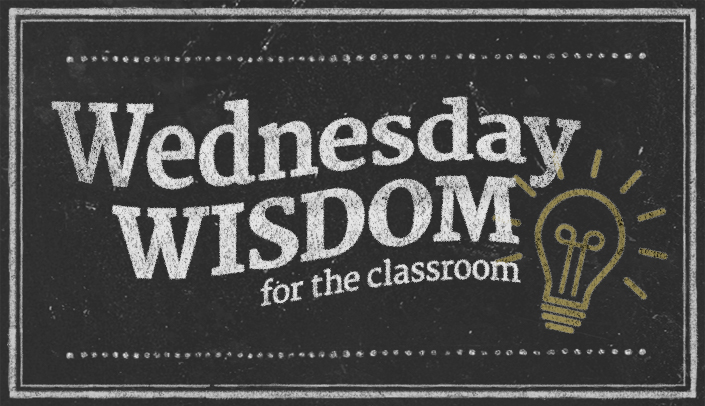This is part 5 in our 6 part education series and covers enhancing learning using dual coding.
What is Dual Coding?
The Dual Coding theory supports the notion that there are two pathways for encoding information to memory – one verbal and one visual.1-3 This theory addresses the impact of extraneous cognitive load on learners when teaching. Evidence indicates that use of images complemented by explanations enhances learning and recall.2
How do I teach using it?
Use images not words:
The modality principle from the Cognitive Theory of Multimedia Learning1 explains this best. Providing an image with narration is the most effective way to teach. Remember – you are the presentation … not the slides. Explaining an image will help students remember the concepts you are teaching (see Tip Sheet on Elaboration, this is a mnemonic device).
Remember, less is more:
Use fewer words and fewer bullet points on a slide if you must use words. Again, you are the presentation. If your slide can be read and understood with no voice over, your slide is the presentation …not you. Now that may be okay with you, but think of your students! Brief bullet points where you highlight important words enhances learning.
How do I teach students how to do it?
Students need to understand that you are using proven techniques to help them learn. Tell them words and pictures are an effective way of learning!
Use diagrams:
Students can easily find blank human body diagrams online to fill in information or draw a diagram like this.4

Draw a concept map:
This is a form of elaboration as well as dual coding. Students could draw a traditional concept map, but they could incorporate an image and branch concepts from that image. This would allow them to make connections between the organ systems in a visual-spatial manner.5

The goal when students are studying is to be able to draw these diagrams without looking at their notes.
Read the rest of the Education Series:
- Part 1: Enhancing Learning Using Spaced Practice by Linda M. Love, EdD
- Part 2: Learning Through Retrieval Practice by Gary Beck, PhD
- Part 3: Enhancing Learning Using Concrete Examples by Linda M. Love, EdD
- Part 4: Learning Through Elaboration by Gary Beck, PhD
- Part 6: Enhancing Learning Through Interleaving Techniques by Linda Love, EdD
View tip sheet in an easy-to-print format
References
1.Clark RC, Mayer RE. E-learning and the science of instruction: Proven guidelines for consumers and designers of multimedia learning, 3rd Ed. San Francisco: John Wiley & Sons, 2011.
2.Cuevas J. Brain-based learning, myth versus reality: Testing learning styles and dual coding. From https://sciencebasedmedicine.org/brain-based-learning-myth-versus-reality-testing-learning-styles-and-dual-coding/. Accessed 12/28/2016.
3.Weinstein Y, Smith M. Learn to study using dual coding: Combine words and visuals. From http://www.learningscientists.org. Accessed 12/28/2016.
4.Diagram image obtained from https://s-media-cache-ak0.pinimg.com/736x/1e/b3/2c/1eb32c322cc22e241220245d72e49341.jpg. Accessed 12/28/2016.
5.Study of body systems image obtained from http://magicmedic.tumblr.com/post/89354687376. Accessed 12/28/2016
This article was originally written by Dr. Gary Beck Dallaghan.
